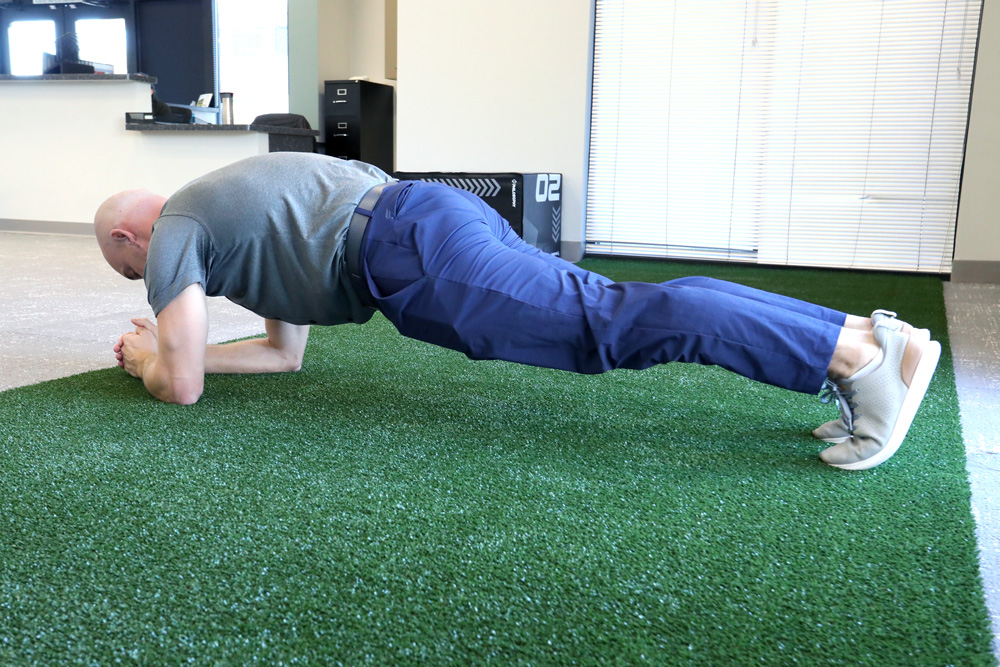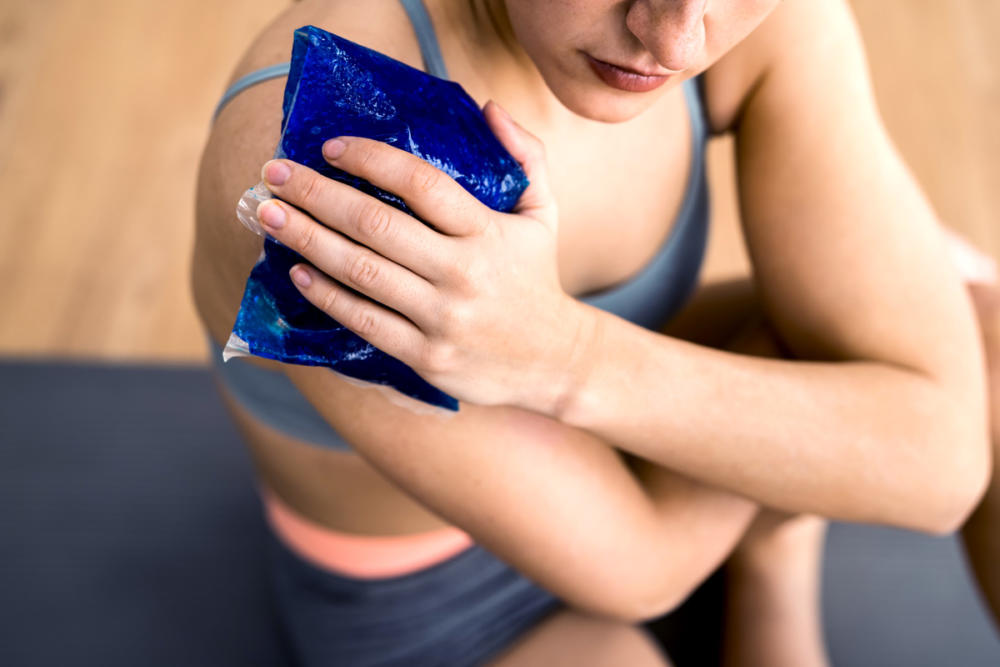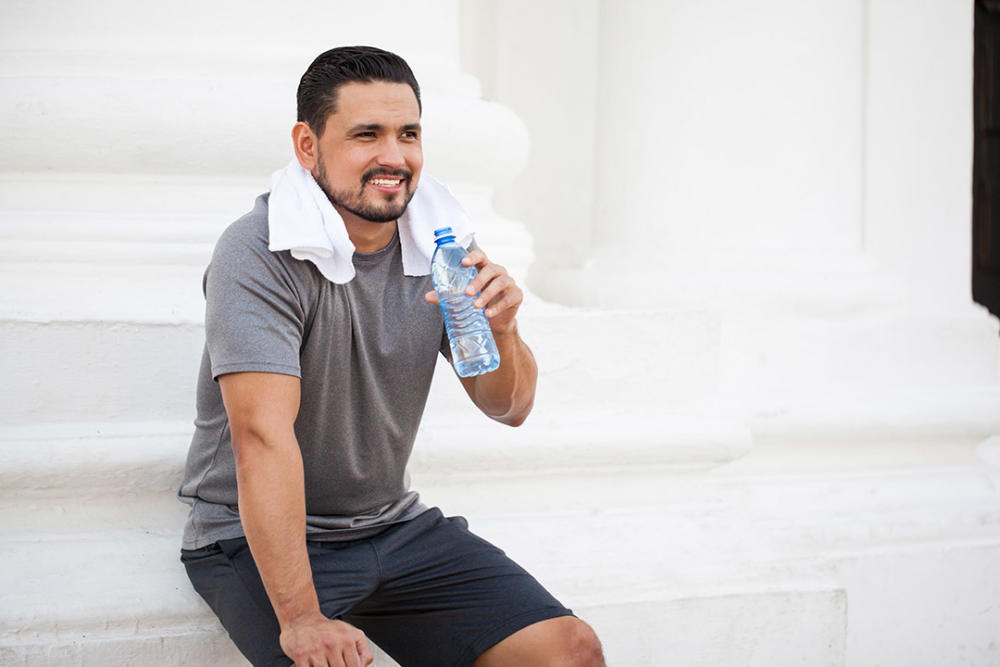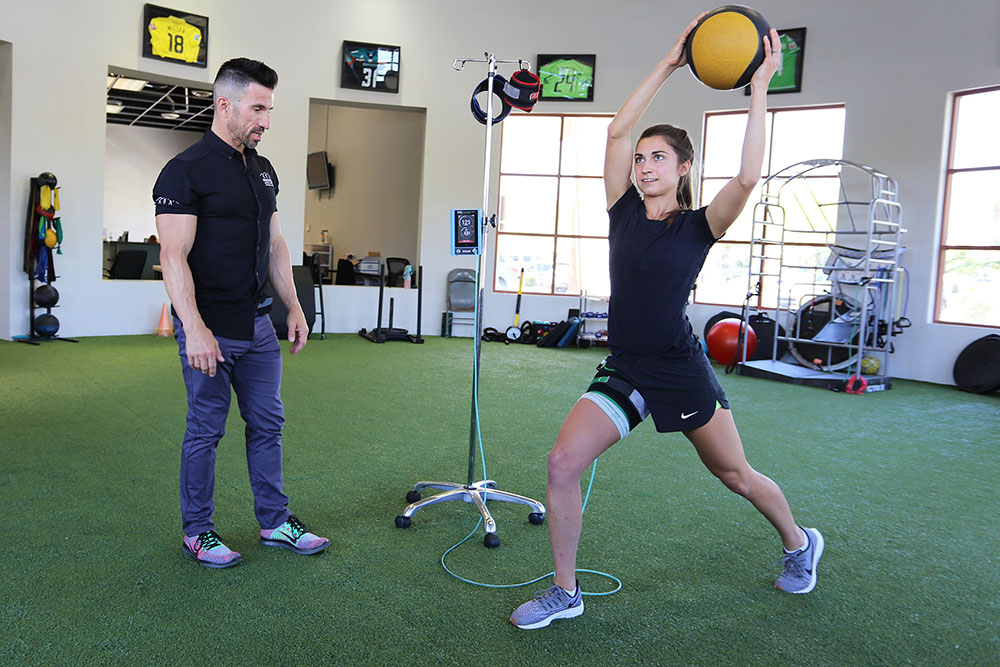by Adam Halseth
PT, DPT, SCS | North Scottsdale
Going out on the golf course and playing a consistent game is a goal for many golfers. However, it’s common for golfers to suffer from injuries that affect their game. For example, if your body is not adequately prepared when the season starts, you could swing incorrectly, which often leads to injuries, worse performance, and frustration. Physical therapy can improve your golf swing, reduce or eliminate golf-related injury pain, improve agility, improve power for hitting longer drives, improve strength and mobility, and help prevent injuries.
Common Golf Swing Issues
- Poor balance and stance
- Poor posture
- Decreased neck, shoulder blades, mid-back, and hip motion
- Golfers with muscle tightness, joint restriction, or poor body mechanics can struggle to execute their golf swings consistently.
Related content >> Most Common Golf Injuries Treated by Physical Therapy
5 Most Common Golf Injuries
- Hunching and rotational stress
- Shoulder pain
- Rotator cuff issues
- Tennis Elbow or irritation from inflammation of the elbow’s inner tendon
- Knee pain from stabilizing and hip rotation during a swing.
Related content>> Why Your Back Hurts When Playing Golf
Physical Therapy for Golfers
An integrated physical therapy evaluation and treatment plan can help maximize your ability to transfer energy through the body to the club with better efficiency and speed. Your therapist can guide you through exercises specifically designed to:
- Improve mobility of all joints. Limited mobility could affect your swing.
- Improve flexibility of your hips and shoulder musculature, as they are critical to your follow-through and backswing.
- Improve dynamic balance and develop a plan for improved shot follow-through. Poor control of hip, abdominal, and hip musculature can cause you to finish a swing off balance.
- Improve core strength, which is the base of a good golf swing.
4 Exercises To Improve Your Golf Swing and Avoid Injury
Golfers can work on the strength and flexibility needed with these easy exercises:
1. Planks
Core muscles affect most movement and arm and leg function, so it’s imperative to have a strong and flexible core in golf. So, planking is a great static exercise you can perform anywhere to strengthen the core.
- Position your body like you’re about to do a push-up
- Bend your elbows so your weight is on your forearms with feet together and pelvis down.
- Your body and back should be flat and in line. If done correctly, your abdominal muscles should feel engaged.
- Hold this position for 30 seconds or as long as possible.
- Repeat three times.
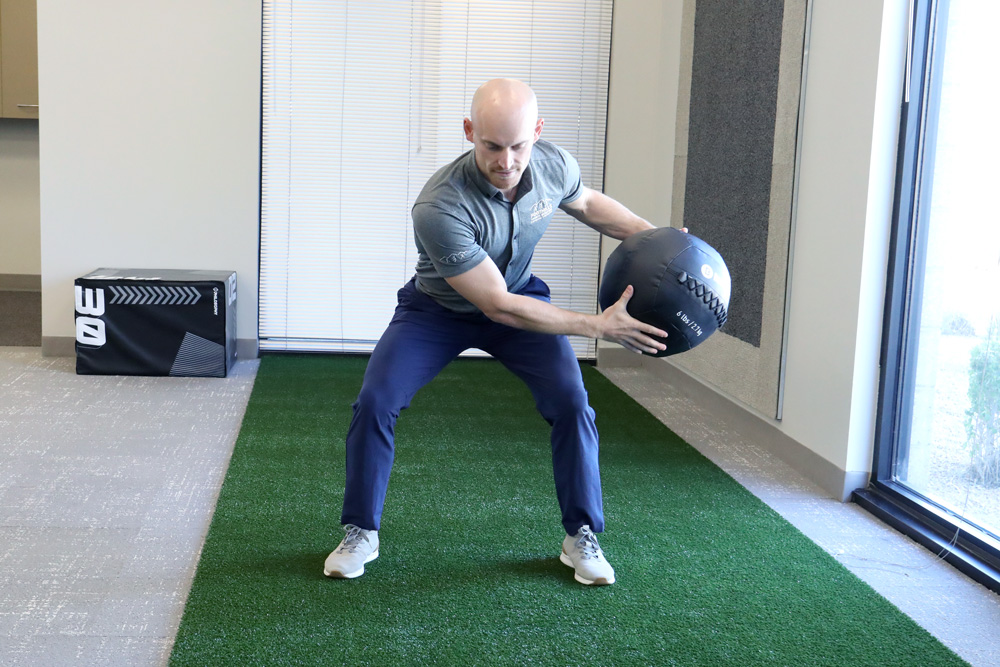
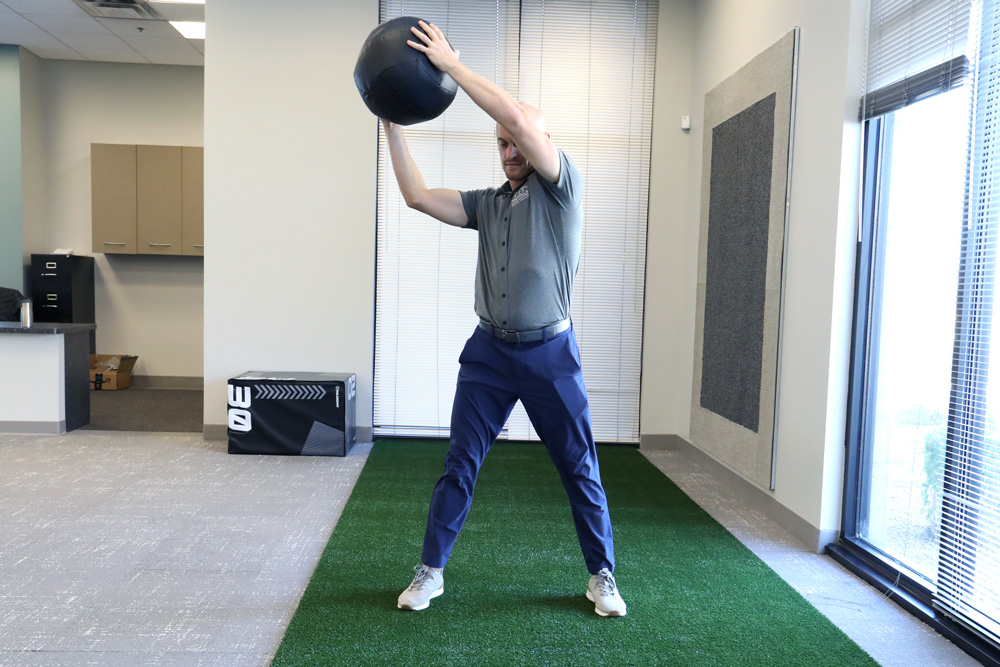
2. Standing Wood Chop
This exercise simulates chopping wood, which is similar in movement to a golf swing and is suitable for working on torque and flexibility. It can be done using a dumbbell, medicine ball, or a cable machine.
- Lift the weight or cable above your head in one direction.
- Keep your arms straight while rotating the weight up toward the opposite side of your body.
- Slightly bend your knees.
- At the down stance, your hands should be positioned by your alternate knee.
- Complete a set of 12 going one direction, then alternate sides—complete three sets per side.
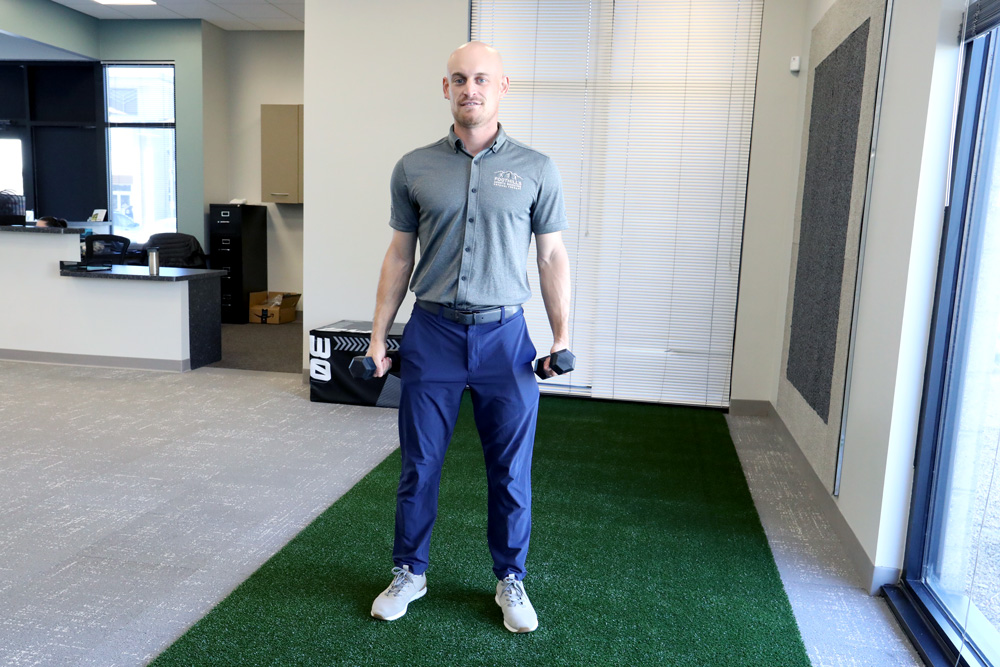
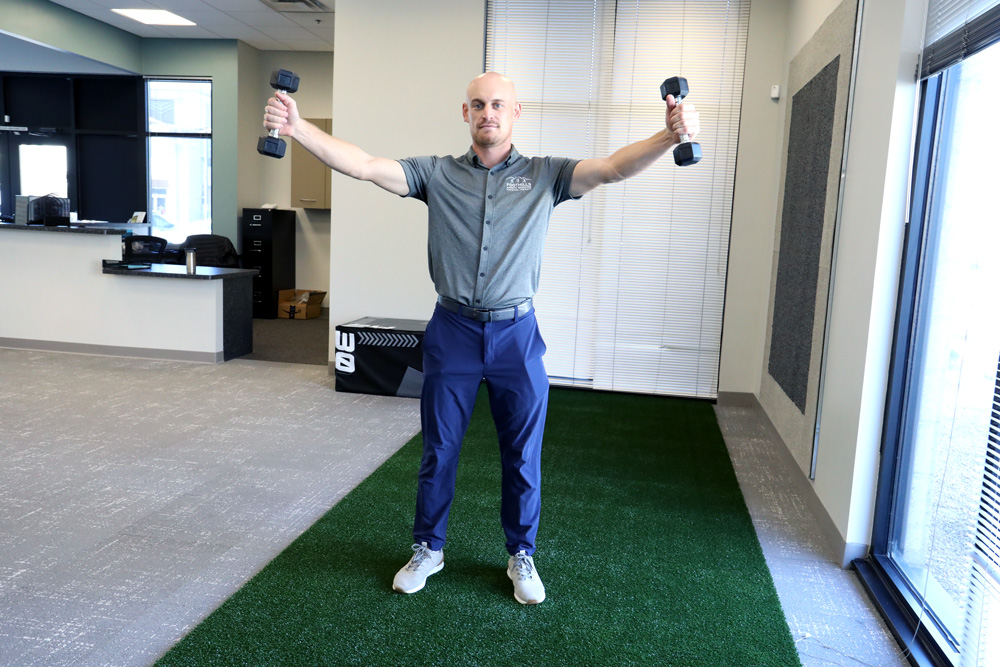
3. Dumbbell Raises/ Rotator Cuff Exercises
To avoid rotator cuff tears that could take you away from the game and leave you needing pain management, incorporate strengthening exercises into your routine.
- Stand upright and hold light weights in each of your hands.
- Keep both arms straight and lift them out in front of you.
- The weights should be vertical, and your knuckles will face outward.
- Hold for a few seconds, then return your arms to your side.
- Complete the exercise ten times per set for three sets.
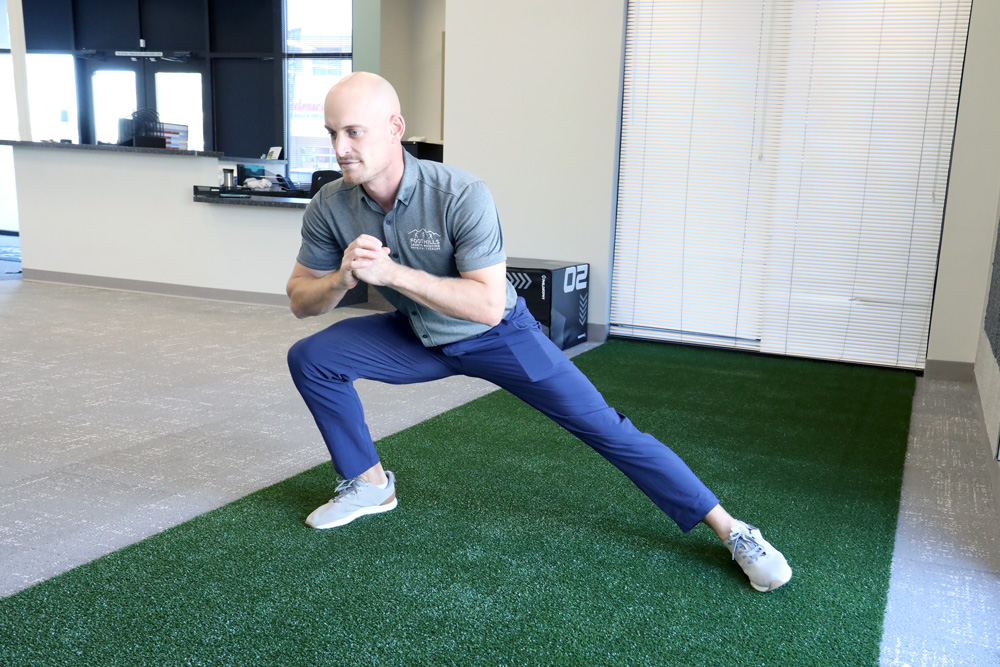
4. Lateral Lunges
Lateral lunges improve the range of motion in your hips, which is necessary for a good golf swing. Lunges require zero equipment and can be done anywhere.
- Stand upright, then take a large step to one side, focusing your body weight on that side.
- Your knee should be bent on the side you stepped to, and your other leg should be extended out with your toes pointing forward.
- Push back up to a standing position to complete one.
- Repeat 10-12 times per set, then alternate sides.
- Complete three sets per side.
Increase Range of Motion to Improve Your Golf Swing
Below are three additional exercises you can do at home to address the most common limitations we see: mid-back mobility and hip mobility limitations. These exercises are safe and will start providing immediate benefits to most golfers.
Related content>> Improve ROM for a Better Golf Swing
If you are interested in improving your rotational power and flexibility, building strength, and decreasing pain, request a golf assessment to learn what you can improve. Don’t let your golf game suffer again. For more information on physical therapy, preventative exercises, or tips on pain management to improve your golf swing, contact your local Foothills Sports Medicine Physical Therapy clinic.
About The Author Adam Halseth, PT, DPT, SCS
Adam is the Education Chair for the American Physical Therapy Association (APTA) golf special interest group. As a result of his Titleist Performance Institute (“TPI”) Medical Level III certification, interactions with top medical and fitness providers in the golf industry, and numerous other training, Adam has developed an in-depth understanding of specific golf training modalities. He is a board-certified Sports Clinical Specialist specializing in sports medicine and orthopedic physical therapy. Adam is passionate about working with all orthopedic and sports medicine conditions. Adam and his team work with professional athletes, adolescents to older adults, those preparing for or recovering from surgery, and anyone needing to overcome pain and injury.


